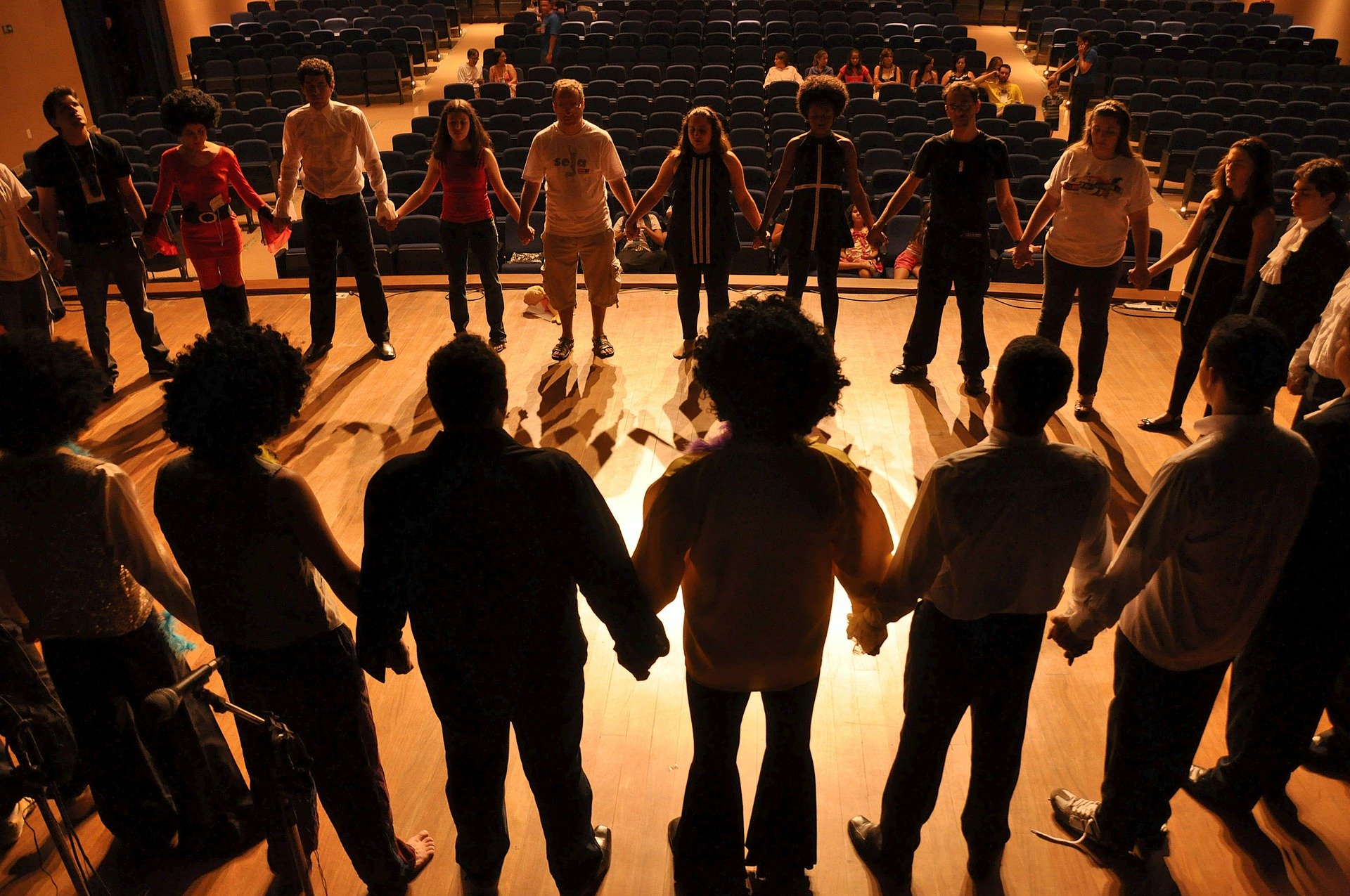
Introduction
This article aims to bring to your attention the various elements of theatre lighting design and suggest different approaches to creating stage lighting effects. We will ask you some important questions that you should be asking yourself when considering theatre lighting.
What effect is the lighting having?
Theatre lighting is much more than providing illumination so that the audience can see the stage, however this is a crucial aspect of lighting. Light is used to portray time, location, atmosphere, and mood.
When creating theatre lighting, designers need to consider the time and location of the production. Both in terms of the productions period and genre, as well as the actual location of the performance. The lighting needs to accurately reflect the production's historical, social, and cultural contexts. Considering the time and place of the production being written, as well as its setting, will assist you in creating quality theatre lighting designs.
Lighting has a significant effect on the mood and atmosphere of the production and the feelings that the audience will experience. Different types of lighting create different moods and atmospheres, and you can use colour to achieve this. For instance, blue light is frequently used to develop a cold or night time stage effect. Brightness, or lighting levels, is another way of creating moods and atmospheres. An atmosphere of mystery can be created with low-intensity lighting, as does the creation of shadow.
Designing theatre lighting
When designing lighting for theatre, consider what the purpose of the light is. Is it to portray time, location, mood, or atmosphere? Or it may be doing all of these things. Ask yourself why the playwright chose a particular time or place for a scene; what were they trying to get across? Answering these questions will influence your lighting designs.
Start thinking about lighting and how it looks in different settings, at different times, and with varying conditions of weather. Compare images of lighting and compare them using these different criteria. How does a fluorescent light compare to candlelight? What are the differences between light and sunrise and sunset? What changes occur when bright sunlight suddenly gets blocked by clouds? Use your findings to create better theatre lighting.
Everything that gets out onto a stage is there for a reason. Lighting is no different, and making informed, and deliberate decisions about the use of lighting will enhance the audience's experience.
What is the style of theatre lighting?
A range of styles are used in theatre productions, and the lighting design you create needs to fit in with that style. To be able to fit in, you must first be able to recognise what style is being used. Production styles include the following:
Realism
Productions based on a realist style use elements designed to resemble real life and the realism effects can be total or partial. Total realism strives to create a production that looks as much like real life as possible. Lighting designs for realist productions need to replicate real-life lighting situations, which can be challenging to achieve. The partial realist style combines realistic elements with those that are not so real looking.
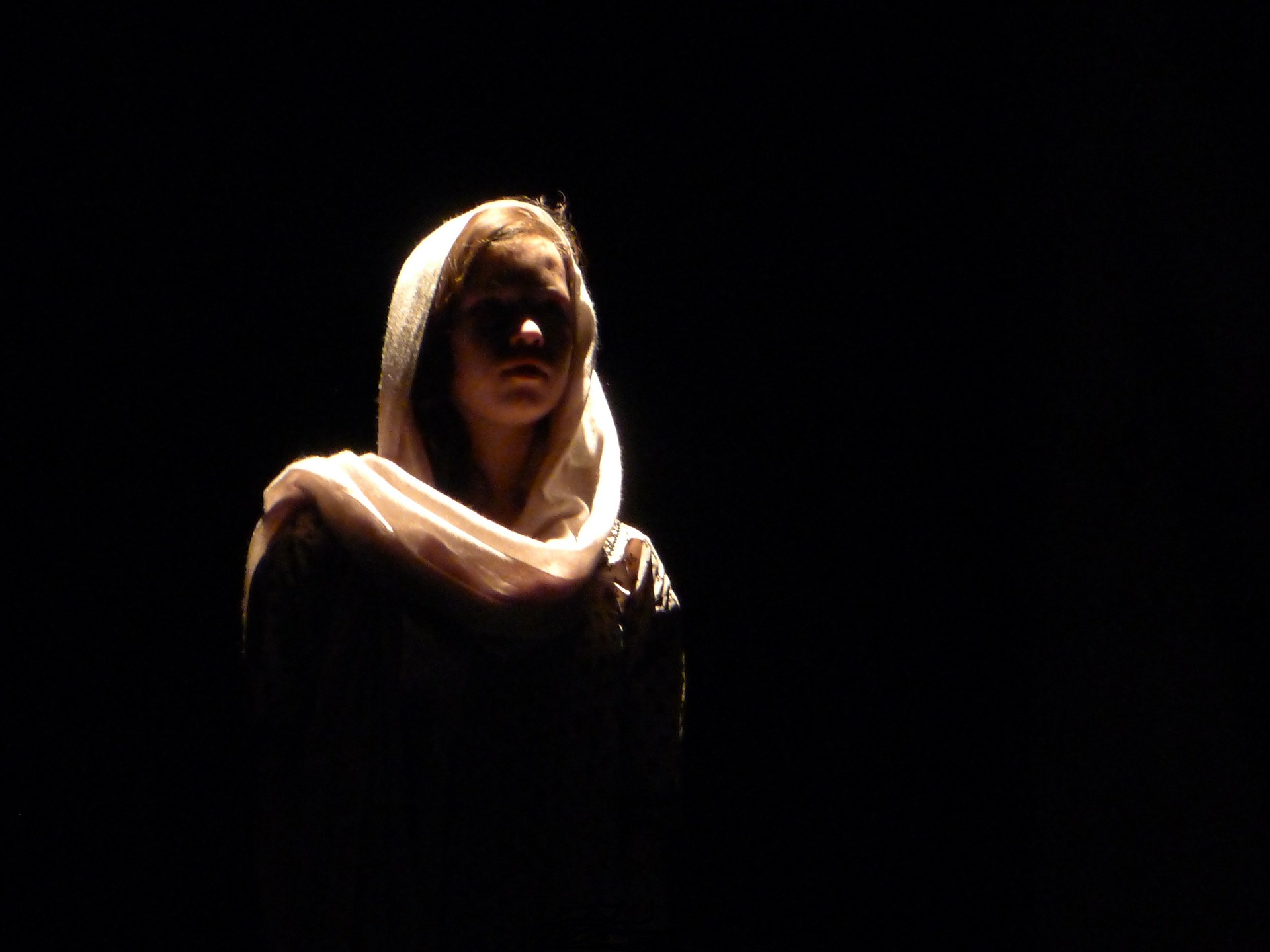
Symbolism
Productions based around symbolism focus more on the communication of ideas to the audience rather than depicting real life. When working on a symbolist production, the lighting designer can use light to communicate. Altering colour, for instance, or using spotlights to highlight a particular aspect or character.
Minimalism
In a minimalist production, the set and props may be very sparse or non-existent. Minimalist productions often rely on the characters to create the entire experience. Lighting is heavily relied on in minimalist productions, often for creating the whole setting. For this reason, lighting sets on minimalist productions are often quite complex.
Fantasy
With fantasy productions, the lighting designer may be able to use lighting effects not usually suitable. These include an increased range of colours, strobe, lights, or internal lighting. Of course, when using strobe lighting, you will need to consider the audience’s reaction, so beware of the risks of overusing this particular lighting effect. Even though the production is a fantasy, the audience still needs to be able to relate to the effect the lighting is being used to portray.
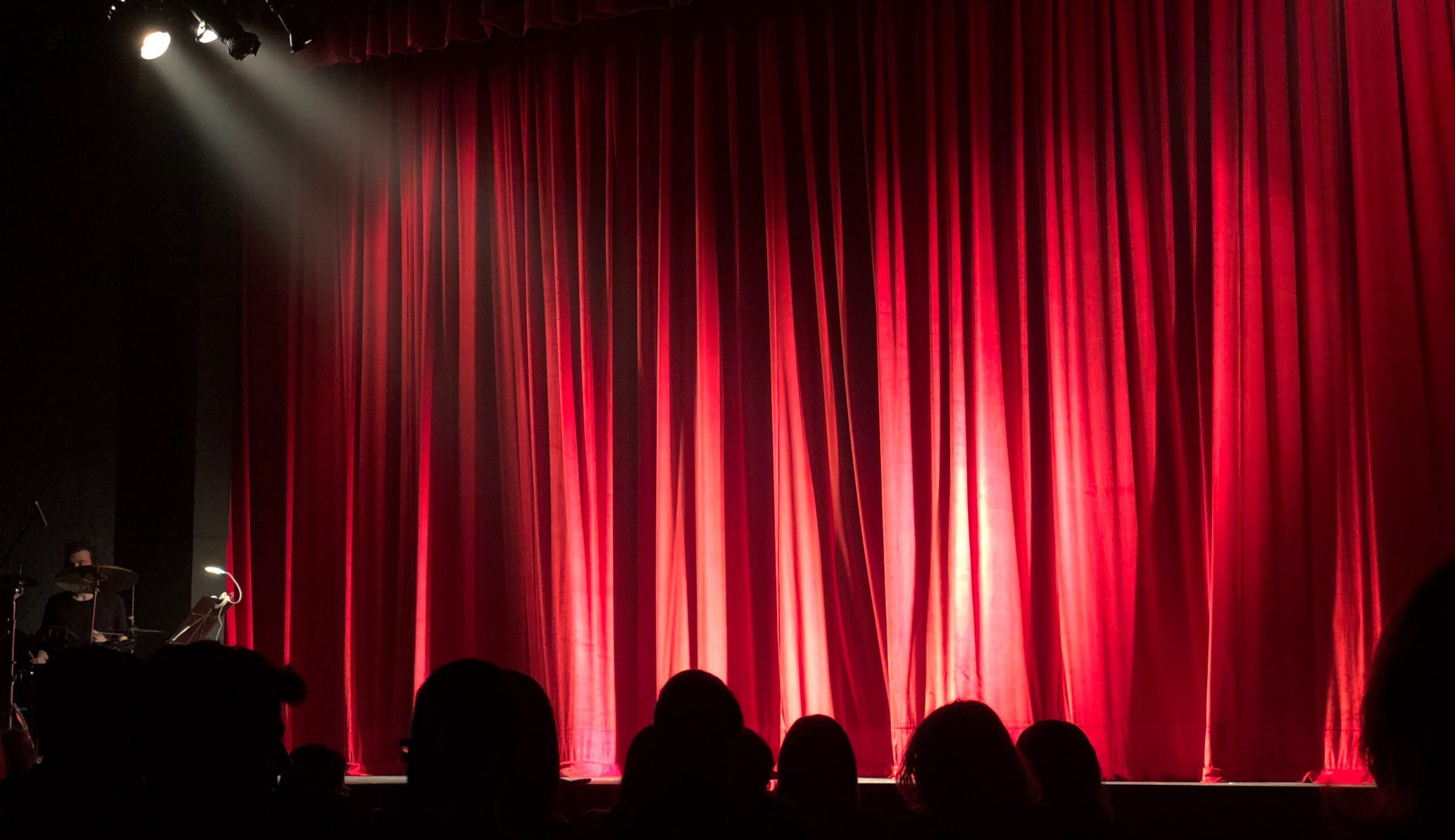
The Lighting Designer’s Decisions
As a lighting designer, it is your job to make decisions about what parts of the stage to show the audience. You will need to consider the decisions that have been made and their effects on the audience. Decisions regarding lighting will include the following:
Colour
The colour of lighting can be altered with pieces of coloured plastic, referred to as lighting gels, placed over the light source. Using different colours can change the mood and give different effects. For instance, a fire or inferno can be portrayed with red and orange lighting to depict the flames.
Different colours have different meanings for an audience. Blue is associated with cold, as in the bluish look of ice. Yellow, on the other hand, provides a warmer atmosphere, like the warm glow of the sun.
It is not just the colour of the light, but the colour of the surface on which that light is projected. Mixing different colours of light is not the same as mixing colours in paint. When combining the three primary colours of light (Red, Blue, and Green), it has an additive effect and produces white light.
Intensity
Theatre lighting does not just allow you to have it on or off, you can adjust the light intensity (brightness) to create the effect you want. Intensity levels are generally rated from 1 to 100, and this variance allows the lighting designer to balance light evenly across the whole stage.
Focus
A light's focus refers to the definition of its beam. With theatre lighting, you can alter the beam's size and focus, giving it sharp or soft edges. Soft edges are suitable for blending different light sources, while a sharp-edged beam can spotlight a particular character.
Shadow
As well as controlling what the audience can see, through the use of shadow, the lighting designer can also create hidden spaces. Using shadows can create compelling atmospheres and moods, or give an impression of a character's personality. Someone emerging from an area of darkness could be perceived as being untrustworthy.
'Read' the Stage
In any production, we are trying to get the audience to read the stage, to see what is significant and essential to the plot. Similarly, lighting designers need to understand the stage and decide what is important and vital for the audience to see. Reading the stage in this way will inform your decisions on the most effective lighting design.
Blackouts & Transitions
A production will very seldom have only one lighting state. Moving from one lighting state to another is referred to as a transition. These changes in lighting can happen instantly, or be slowly and subtly, to create a particular effect. Instant, or snap lighting changes can be used to shock the audience, while they may not notice a slow transition until the result is clear. Gradual transitions are useful for changing the mood or indicating the time of day.
Blackouts occur when a stage is in complete darkness. Blackouts can be used as a sign to the audience that the play is finished, or for a significant time or location changes. A blackout is also used for changing scenery, but you should consider light for the stage crew to work. Allowing audiences to view the scene change is a way of retaining their attention during this pause.
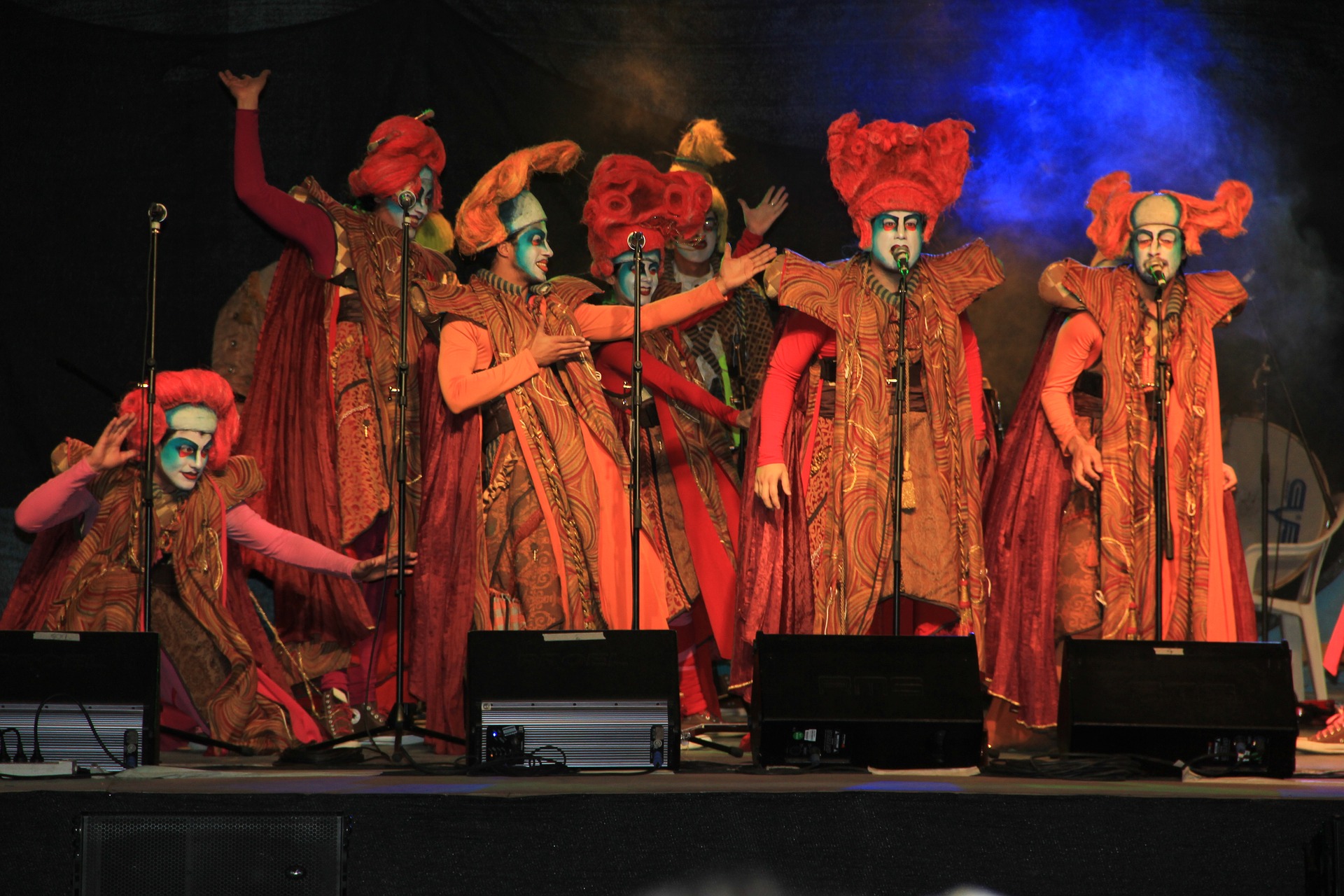
Audience Consideration
To grasp theatre lighting design, it's vital to understand how lighting affects the audience's experience.
One crucial aspect to consider is the audience's positioning relative to the stage. Theatres come in various layouts, such as traverse, end-on, thrust, or in-the-round. Additionally, the nature of the performance, whether immersive, promenading, or site-specific, impacts the setup.
This perspective will guide you in determining the optimal placement of your lanterns. Options include overhead, above the audience, on the stage floor, or in the wings.
Each lighting configuration presents unique challenges, including the need to avoid obstructing the audience's view. For in-the-round productions, it's essential to prevent light from shining directly into the audience's eyes. Unwanted light spillage, known as "spill," poses a risk in thrust, traverse, and in-the-round setups.
Consider the Experience Being Created
Lighting can be utilised as a way to give the audience a particular experience. The use of very bright light can be used to shock an audience or make them feel uncomfortable, depicting lightning being an example of this. Be careful when using this type of effect, as the light can also bring the audience back to the reality of being sat in a theatre, rather than being immersed in the plot. Low lighting levels, on the other hand, cause the audience to concentrate more keenly.
For more information on theatre lighting please contact us. We provide lighting installation for many sectors and use lighting equipment from recognised theatre brands such as ETC and Zero88.
Talk to us today about how we can help you
Complete the form or call 01245 206206
Intelligent, moving lights, generic lighting, LED & outdoor lights, control, dimming and lighting cable
Projectors and screens, TV screens, stands, mount and brackets, video switching and cabling
Special effects including smoke, snow, low fog, foam and CO2. We stock a huge range of effects.

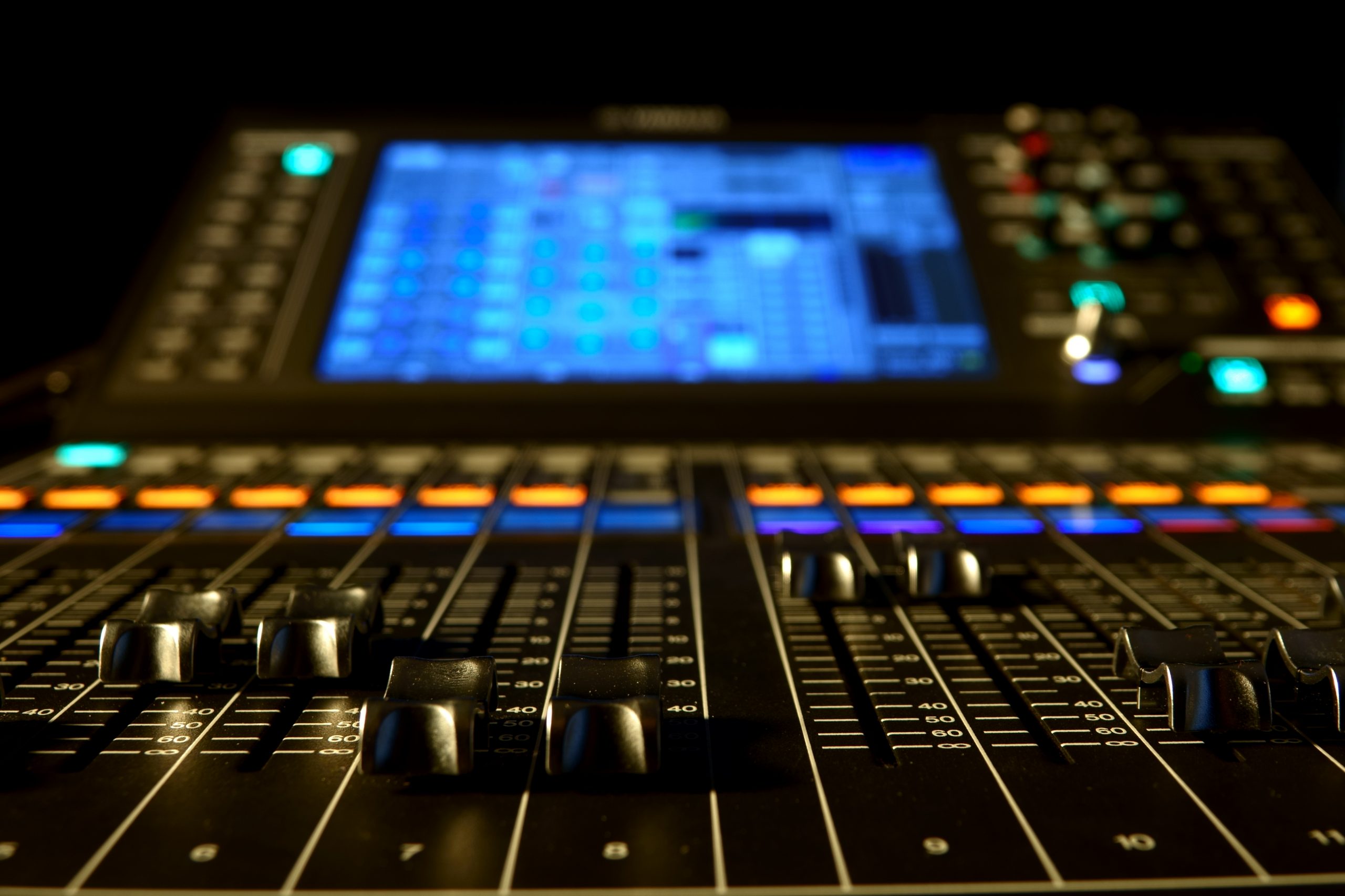
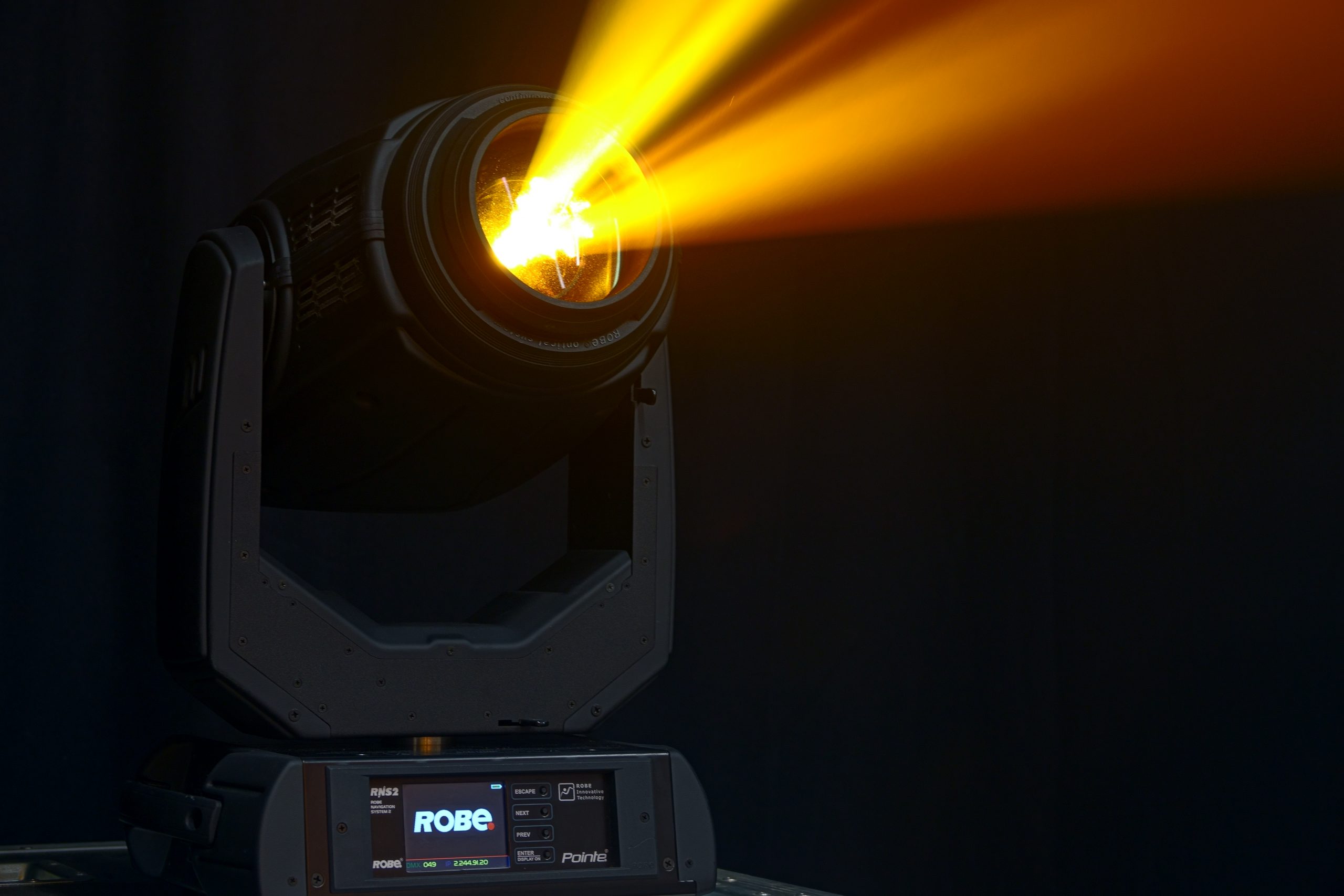
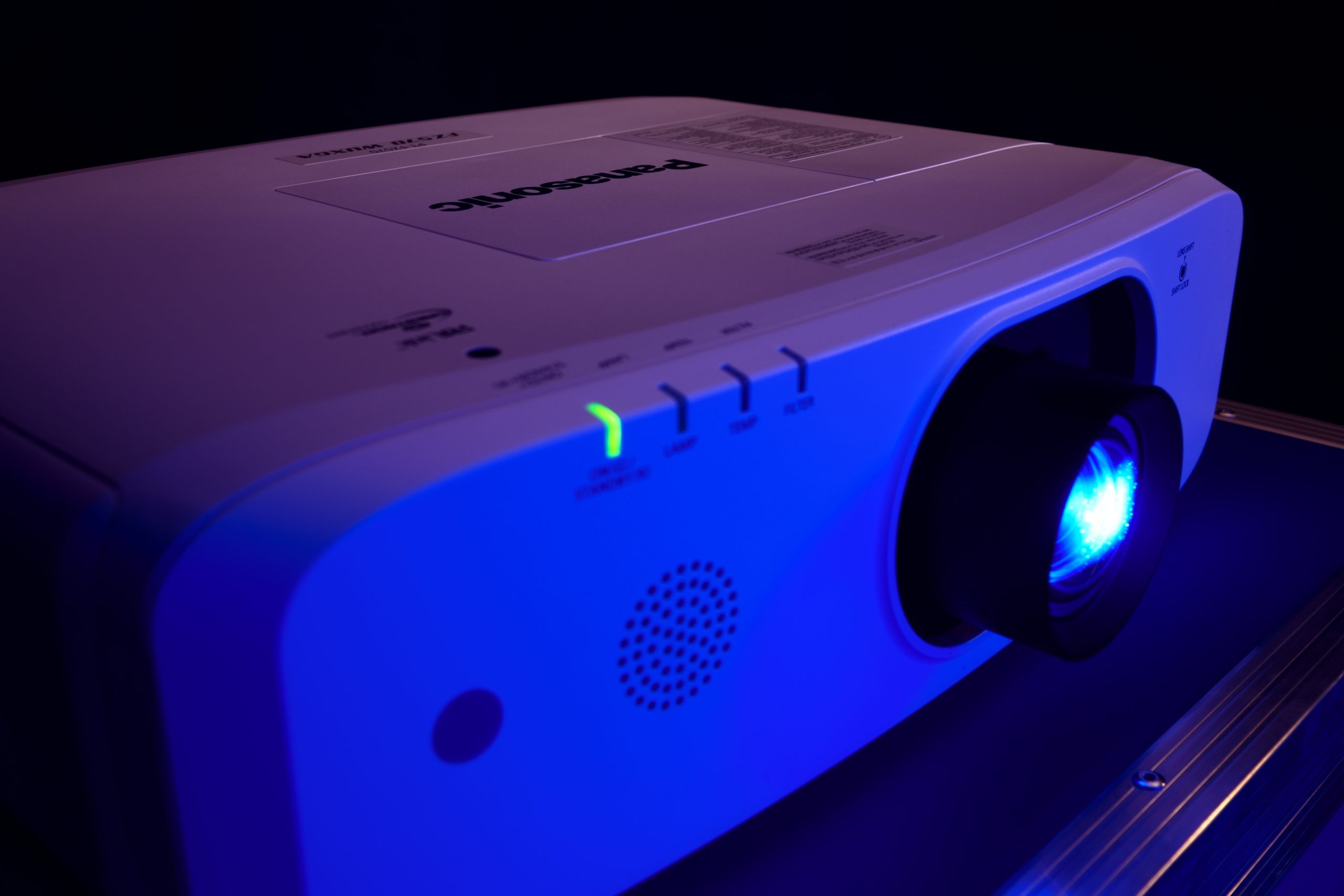

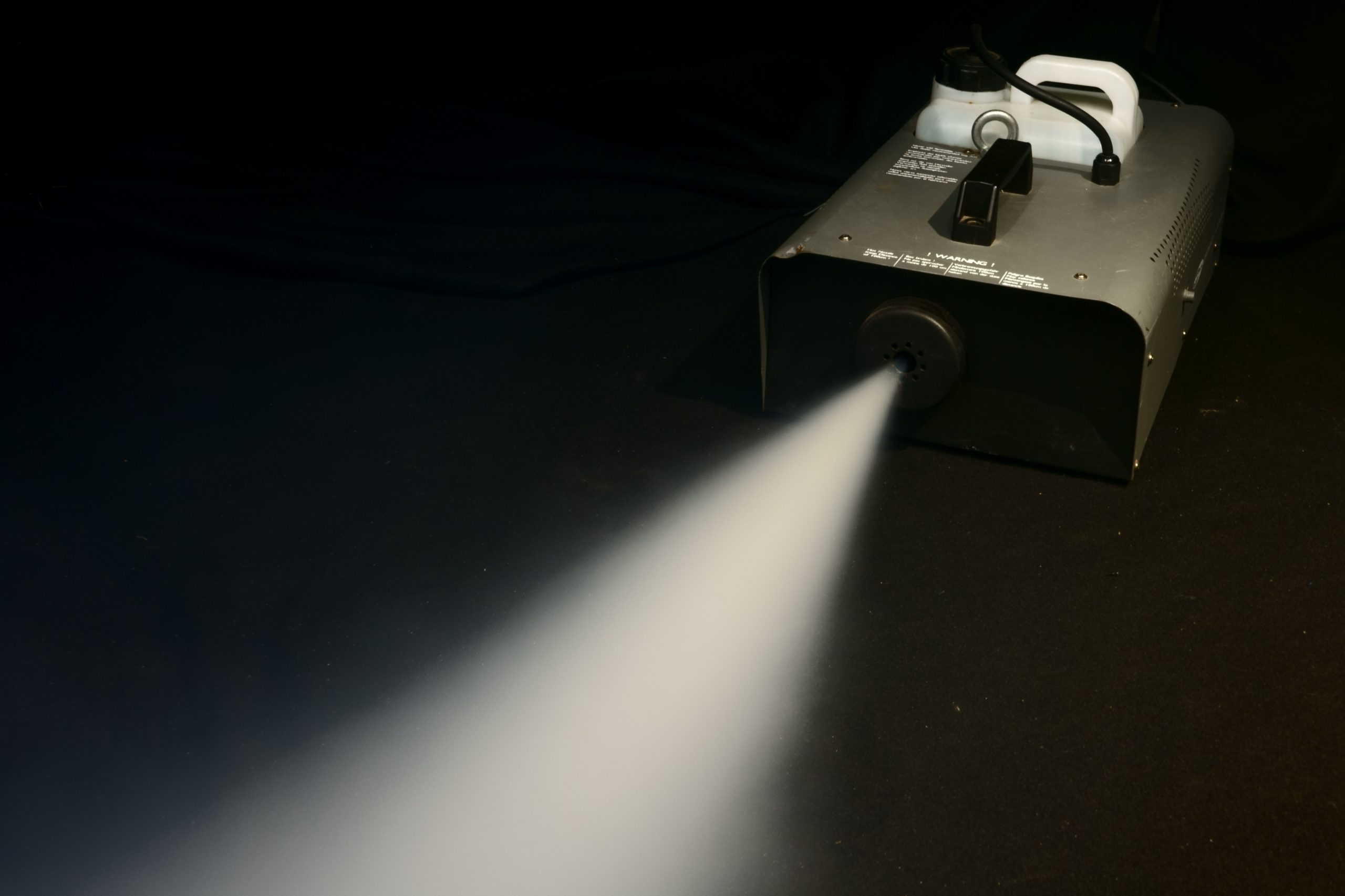

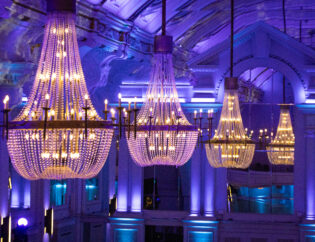
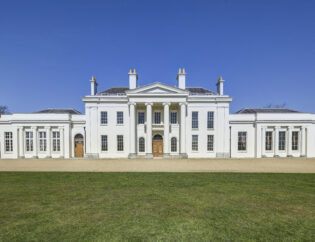
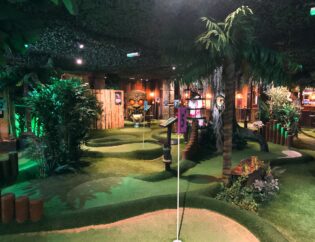
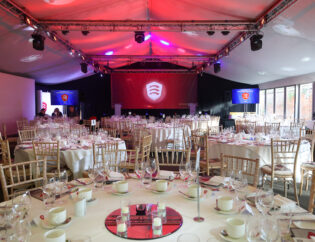
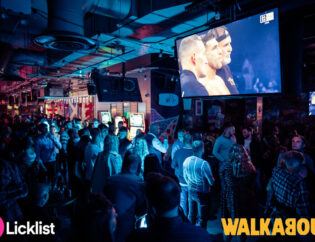

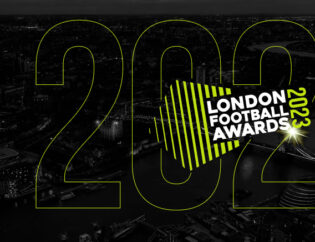
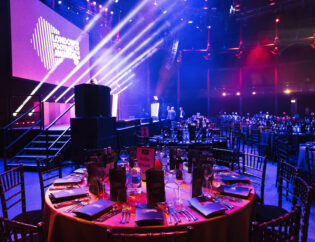
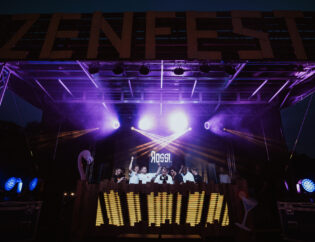
You must be logged in to post a comment.